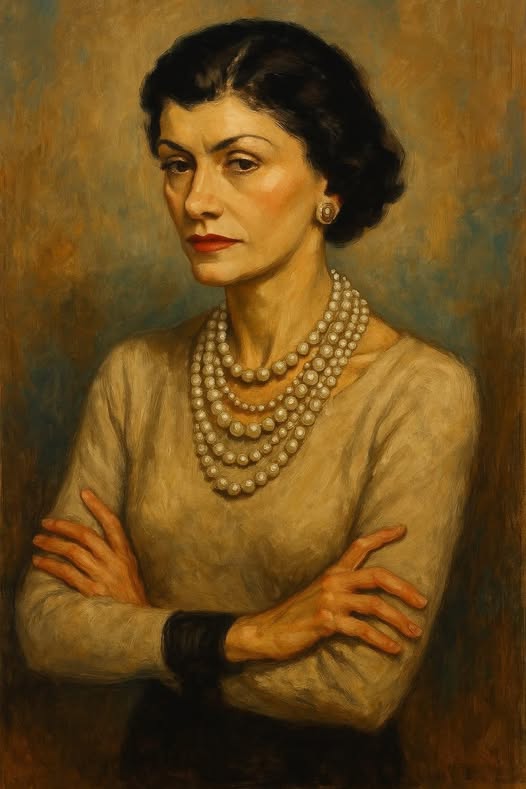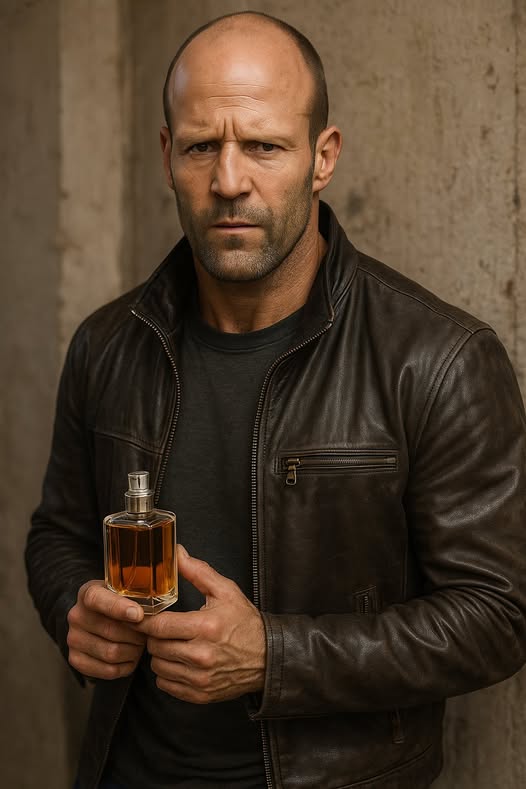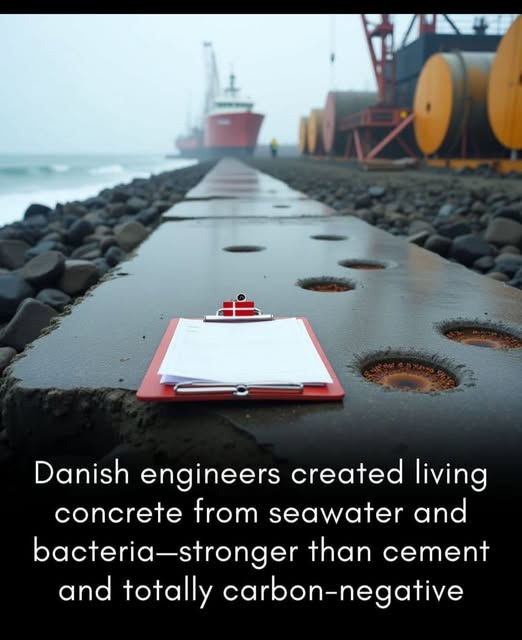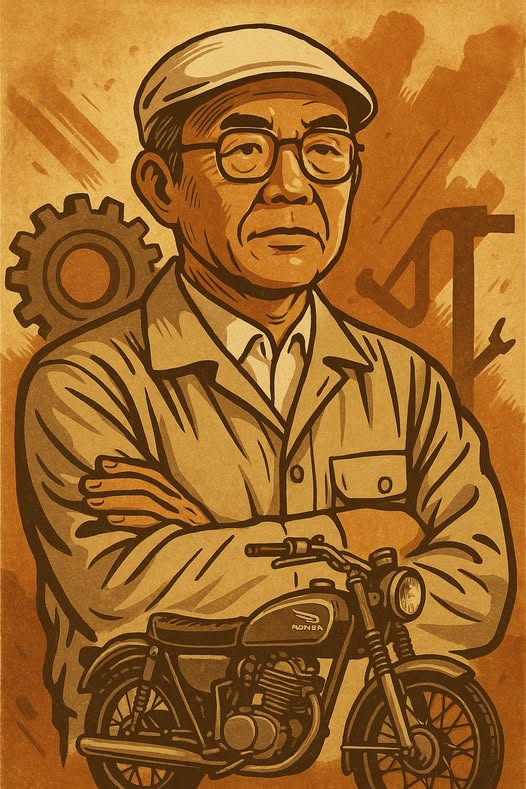
Famed “Harry Potter” author J.K. Rowling became a vocal critic of transgender ideology back in 2019, when she supported a woman who lost her job for saying that biological sex is immutable. In 2020, Rowling’s tweets and essay argued that prioritizing “gender identity” over biological sex threatens women’s rights and safety, drawing from her experience as an abuse survivor. She faced fierce backlash, was branded a “TERF” by activists, and even endured death threats, but stood firm.
Rowling’s stance has only grown more defiant as she continues to call out the bullying tactics of trans activism and the erasure of women. Despite relentless attacks from activists, media outlets, and even cast members from “Harry Potter,” her unapologetic wit and unwavering resolve have made her a leading voice of resistance against a radical ideology that silences dissent. This week, she once again proved why she remains a formidable force in the culture war over gender, giving courage to countless women who’ve been too afraid to speak out.
Apparently some people have been attacking Rowling by saying she looks like a “trans woman.” Her response to such attacks says it all:
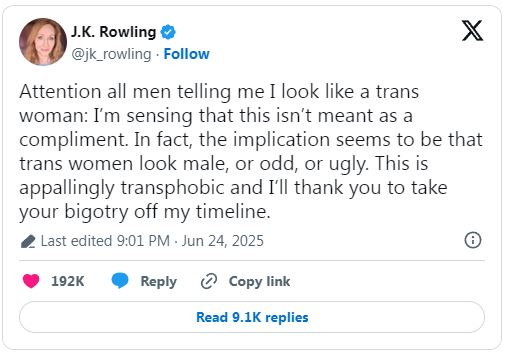
Talk about a masterclass in rhetorical jiu-jitsu. She takes the intended insult of her critics and flips it right back on them, exposing the hypocrisy at the heart of so much of the pro-trans activist rhetoric.
Rowling’s critics, who claim to be the champions of tolerance and inclusion, routinely stoop to personal attacks and misogynistic insults whenever a woman dares to challenge their orthodoxy. The latest trend is to hurl accusations that Rowling “looks like a trans woman,” a jab that is supposed to be both an insult to her and a defense of trans women. But Rowling, with her trademark wit and clarity, called their bluff.
She pointed out the obvious: If you’re accusing someone of looking like “trans woman” in the pejorative sense, you’re essentially admitting what most people already know: that “trans women” don’t look like real women. Let’s face it, men can grow out their hair, get breast implants, and take whatever drugs they want, but everyone knows what they really are. Calling Richard “Rachel” Levine a woman doesn’t make him a woman. Using female pronouns to refer to Bruce “Caitlyn” Jenner doesn’t change the fact that he is a man. Letting Will “Lia” Thomas compete against real women doesn’t erase what he is.
Rowling refuses to apologize, refuses to play by the ever-changing rules of the woke mob, and instead shines a spotlight on the contradictions baked into their rhetoric, like how calling someone a “trans woman” is supposedly empowering until it’s used as a slur. Her wit, clarity, and refusal to back down force her critics to confront the ugliness of their tactics.
Through years of smears, threats, and public pressure campaigns, Rowling has stood firm, using every attack as an opportunity to expose the movement’s double standards and moral incoherence. In an era when most public figures wilt under pressure, she’s become a symbol of courage for women everywhere who are tired of being silenced. She’s not just defending herself; she’s defending reality, and doing it with a fearlessness that leaves her critics sputtering.
Just because trans activists demand that we all pretend that men who grow their hair out and play dress up are women doesn’t mean that the rest of us have to play along. And when those same activists who have spent years lobbing insults and even death threats at Rowling try to mock her by saying she “looks like a trans woman,” they don’t expose her bigotry; they expose their own hypocrisy. If comparing her to a “trans woman” is meant as an insult, then it’s not Rowling degrading “trans women”; it’s the so-called allies who use the comparison as a punchline. In doing so, they don’t validate their ideology; they reinforce the biological truth they insist everyone ignore.
The attacks on J.K. Rowling reveal just how desperate the radical left has become to crush dissent.
https://www.zerohedge.com/political/jk-rowling-destroyed-trans-ideology-one-savage-tweet







